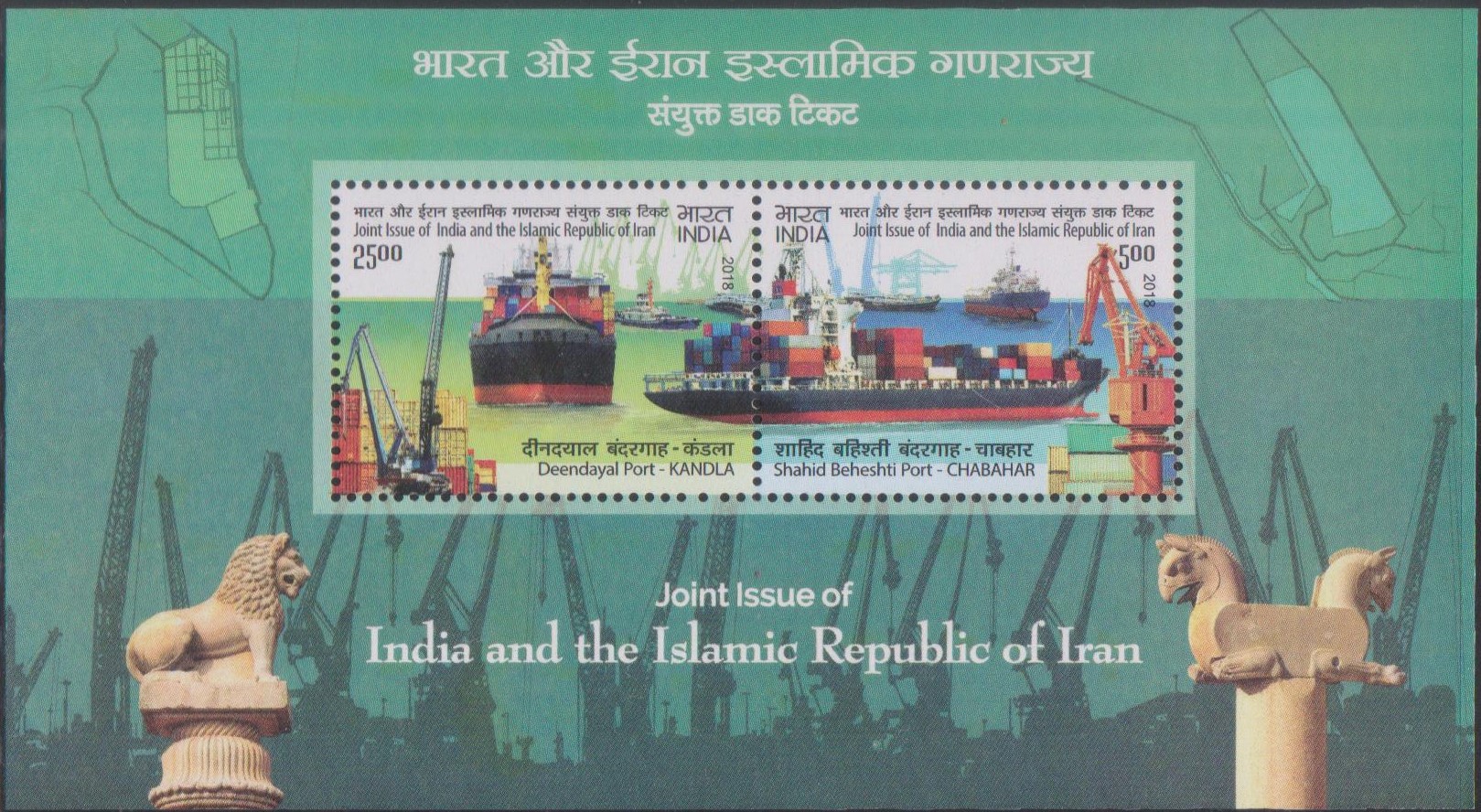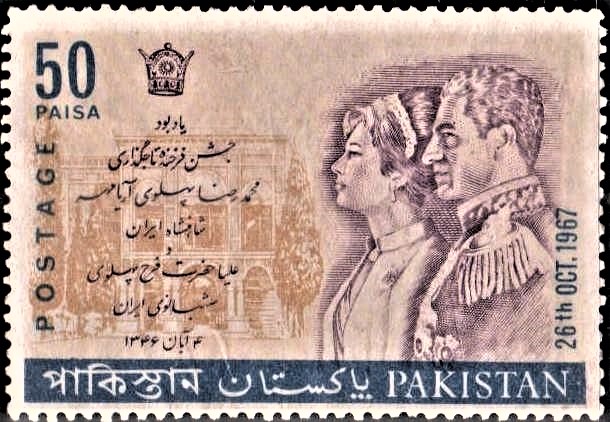
Kabir : India-Iran Joint Issue 2004
A commemorative postage stamp on Sant Kabir Das, an Indian mystic poet and saint [a part of the series ‘India–Iran Joint Issue‘] :

Issued by India

Issued on Aug 16, 2004
Issued for : The Department of Posts celebrates Indo-Iran diplomatic relations with the issue of this set of two stamps reflecting these two great philosophers and mystics.
Design : The first day cover depicts the tomb of Hafiz and shrine of Kabir.
Credits :
Stamp & FDC : Sankha Samanta
Cancellation : Alka Sharma
Type : Se–tenant Stamps, Mint Condition
Colour : Multicolour
Denomination : 1500 & 1500 Paise
Stamps Printed : 0.4 Million Each
Printing Process : Photogravure
Printer : India Security Press, Nashik
Name : Kabir
Born on 1398 at Varanasi, Uttar Pradesh, India
Died on 1518 at Maghar, Uttar Pradesh, India
About :
- India and Iran share centuries of close cultural and civilisational affinities, influencing each other in the fields of culture, art, architecture and language. Close links between the two countries have continued in the contemporary era. Regular high-level exchange of visits between the two sides have led to expansion and strengthening of bilateral cooperation. Prime Ministers Shri P.V. Narasimha Rao and Shri Atal Behari Vajpayee visited Iran in 1993 and 2001 respectively. President Seyed Mohammad Khatami visited India in 2003. He was accorded the honour of being the Chief Guest at the Republic Day Parade.
- India and Iran are committed to impart a strategic character to their relationship. The New Delhi Declaration signed during the visit of President Khatami puts forth the vision of strategic partnership between India and Iran for a more stable, secure and prosperous region and for enhanced regional and global cooperation. Important areas of bilateral cooperation between the two countries include energy security, transit routes in the region, cooperation on Afghanistan and its reconstruction, and trade and commerce.
- The joint issue of stamps forms another milestone in India–Iran relations. The set portrays Hafiz & Kabir : poets, philosophers and mystics.
- Kabir lived and voiced his philosophy in the early 15th century, a period which was marked by the Bhakti movement in India, a spiritual movement which brought philosophy and religion into the common man’s life, through a personal relationship with the Almighty. The movement generated very far reaching social changes too. A weaver by profession, Kabir ranks among the world’s greatest mystic poets. In India he is perhaps the most quoted author. The Holy Guru Granth Sahib of the Sikhs contains over 500 verses by Kabir. Kabir openly criticised the evil practices in society and gave a new direction to the Indian philosophy. His straightforward approach has a universal appeal. Composed in Hindi, the hallmark of Kabir’s poetry is that he conveys in his couplets (Doha), what others may not be able to do in many pages. Another beauty of Kabir’s poetry is that his philosophy is rooted in situations that surround our daily lives. Thus, even today, Kabir’s poetry is relevant and helpful in guiding and regulating our lives, in both a social and a spiritual context. Kabir touches the soul, the conscience, the sense of awareness and vitality of existence in a manner that is unequalled in both simplicity and style. He is deceptively simple but terse.
- Text : Based on material supplied by the Ministry of External Affairs, New Delhi and information available on the website of Iran Culture House, New Delhi.








[…] favored hermitage site for many of India’s most venerated sages – Gautama Buddha and Mahavira, Kabir and Tulsi Das, Shankaracharaya, Ramanuja and Patanjali all meditated here. The city encompasses […]
[…] Design : The first day cover depicts the tomb of Hafiz and shrine of Kabir. […]